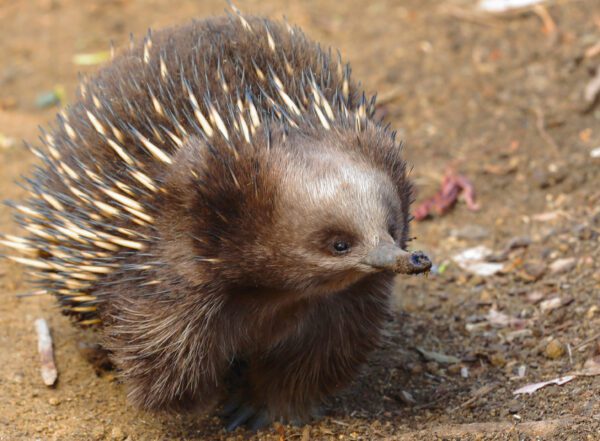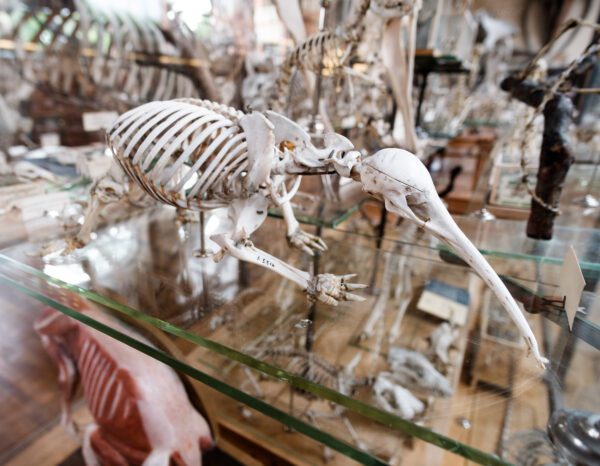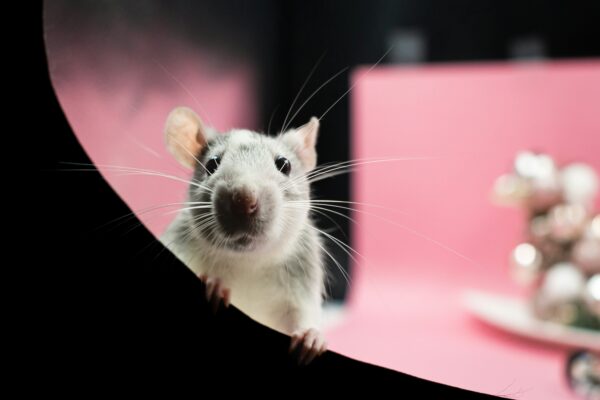Science in the news 3: Brain implants, rediscovered mammals and mentally time-travelling rats

While the days may be shortening, the list of fascinating scientific discoveries is not. Over the last few weeks, researchers have shown that rats have an imagination, a long-lost egg-laying mammal named after Sir David Attenborough has been found at last, and Elon Musk’s Neuralink wants to inject computer chips into human brains. Here’s everything you need to know about the latest science in the news.
Robot surgeons and brain implants
Implanting computer chips into human brains may sound like something from a futuristic dystopian sci-fi movie, but it’s a current reality. Neuralink, the nanotechnology company founded and owned by Elon Musk, is currently recruiting volunteers for the first clinical trial of its brain-computer interface (BCI).
The PRIME Study, short for Precise Robotically Implanted Brain-Computer Interface, is expected to take six years to complete and aims to test the safety and effectiveness of the BCI N1 implant in enabling individuals with paralysis to control devices using just their thoughts.
The N1 implant, which is around the size of a large coin, will be surgically implanted by the R1 surgical robot into a region of the brain that controls the intention to move. The chip itself consists of 1024 electrodes spread over 64 ultrathin threads, each of which is thinner than a human hair. These threads are able to record and wirelessly transmit brain activity to the N1 User App, a BCI software which then translates this information into actions.
Neuralink has reportedly completed over 150 implantation surgeries in test animals, including sheep, pigs, and monkeys. In 2021, the company shared a video on YouTube that it claims shows a monkey playing a game using only its mind, and in 2022 Musk presented another video that seemed to show a monkey typing telepathically.
Neuralink has been the subject of much controversy, with former employees and experts in the field arguing that its surgical approach is unnecessarily invasive and increases the risk of brain damage to the brain. In addition, Musk’s company has been under investigation for unsafe transportation of implants removed from monkey brains, and for violating animal welfare regulations.
Details of the clinical trial remain vague; it is currently unclear when the trial will take place, or how many participants will be involved. And, while it does represent a huge step forward, we are still years away from Musk’s ambition of achieving “a symbiosis with artificial intelligence”.
Attenborough’s long-beaked echidna found after 60 years
After 60 years without any sign of its existence, Attenborough’s long-beaked echidna (Zaglossus attenboroughi) has been photographed in the Cyclops Mountains of Indonesia. Named after David Attenborough, the egg-laying mammal has “the spines of a hedgehog, the snout of an anteater, and the feet of a mole”.

Echidnas have been described as “living fossils” as they are thought to have first appeared alongside the dinosaurs, around 200 million years ago. Notoriously shy, these nocturnal animals are incredibly difficult to find and are known solely from a single specimen collected in 1961. As a result, Sir David’s long-beaked echidna was thought to have been extinct.
The team of researchers, led by Dr James Kempton of the University of Oxford, set up over 80 remote trail cameras in the mountains, including at the highest elevations where the echidna live. On the last day of the four-week expedition, the elusive mammal was captured on the final memory card collected from the last camera.

Expedition Cyclops, the researching team, also discovered an array of new species, including blind spiders, whip scorpions, a goblin-nosed grog and tree-dwelling shrimp, as well as a previously unknown underground cave system.
“Given so much of that rainforest hasn’t been explored, what else is out there that we haven’t yet discovered? The Attenborough long-beaked echidna is a symbol of what we need to protect – to ensure we can discover it.” – Dr James Kempton, Department of Biology, University of Oxford
Despite, or perhaps because of, the steep and dangerous terrain, frequent earthquakes, venomous animals and blood-sucking leeches, the Cyclops Mountains are a treasure trove of species, many of which are unknown to science. The researchers hope that these findings will help bring attention to the need to conserve this unique landscape and its remarkable biodiversity.
Rats can (mentally) time travel
When humans move through an environment, specific neurons in the hippocampus fire in a particular pattern depending on our location. When we imagine these locations and ourselves moving through them later, the same activity patterns occur.
This cognitive map in the hippocampus allows us to mentally time-travel – we can imagine past environments and envisage future scenarios. By measuring the activity in the rat hippocampus, scientists have shown that rats may be able to do the same.

To test this, rats were placed on a spherical treadmill in a virtual reality (VR) arena consisting of 360-degree screens. As a rat ran on the treadmill ball, it’s location within the VR environment was updated on the screen, as it was navigating through a real environment. When the rat reached a specific location goal, it was rewarded.
The treadmill was then disconnected, so that the rats were still able to see the VR arena, but they couldn’t reach the location goal by running. Instead, the rat’s hippocampal brain activity was translated into motion on the VR screen, so that the rat could navigate through the virtual environment using only their thoughts.
When the hippocampal neurons associated with a specific location were activated, the screen moved to that location and the rat was rewarded. In other words, the rats had to imagine where they wanted to go, just like humans do.
Check out our other science in the news articles to learn about puffy planets, artificial DNA and more.







